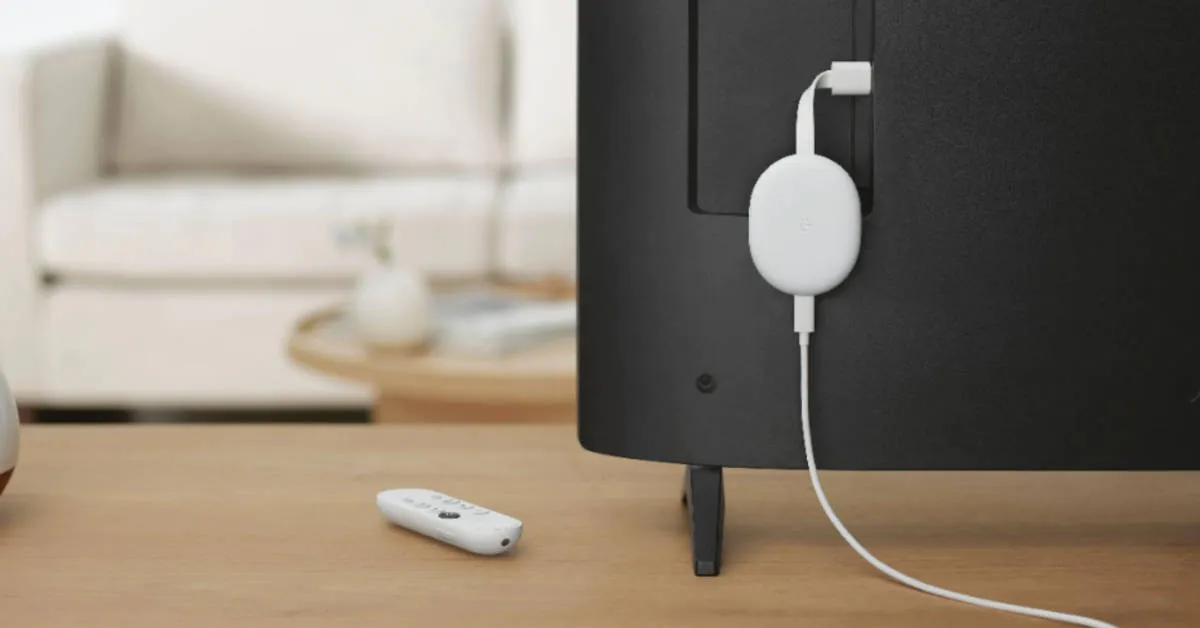
More than seven out of 10 households in the United States will watch television content through broadcast or streaming platforms by 2025, according to a new report by Convergence Research.
The report claims 72 percent of American households will not subscribe to traditional cable or satellite television, accelerating a trend known as “cord-cutting” where viewers look to à la carte streaming options and free broadcast television to satiate their entertainment, information and sports needs.
Surprisingly, researchers at Convergence concluded that streaming cable-like replacements — like Fubo, YouTube TV and Hulu with Live TV — won’t necessarily replace traditional cable and satellite service for most viewers, and that linear pay television in general is on the way out.
“Traditional TV access [from cable or satellite] is well into becoming a niche product, even if we include [streaming cable alternatives] in our numbers,” the researchers wrote in their report.
Revenue from traditional cable and satellite has already fallen sharply over the years, with Convergence reporting a 6 percent decline in 2022 alone. The report estimates cable and satellite revenue will drop by another 9 percent by the end of this year and 13 percent by 2025.
The decline in revenue is based in large part on consumers shifting away from expensive traditional TV plans as programmers continue to raise per-subscriber rates on distributors. Streaming cable replacements aren’t making up the difference quick enough for programmers and distributors alike — Convergence said cable TV access revenue could drop by 60 percent from the measured time period of last year to 2028.
Connected TV advertising will cover some of that loss, with Convergence estimating online advertising will account for 23 percent of programmer revenue by 2025.
—
Editor’s note: An earlier version of this article erroneously referred to cable TV access revenue as “affiliate fee revenue” based on a misinterpretation of the study. An executive with Convergence Research provided the firm’s definition of “access revenue” by e-mail and requested a change to the story.